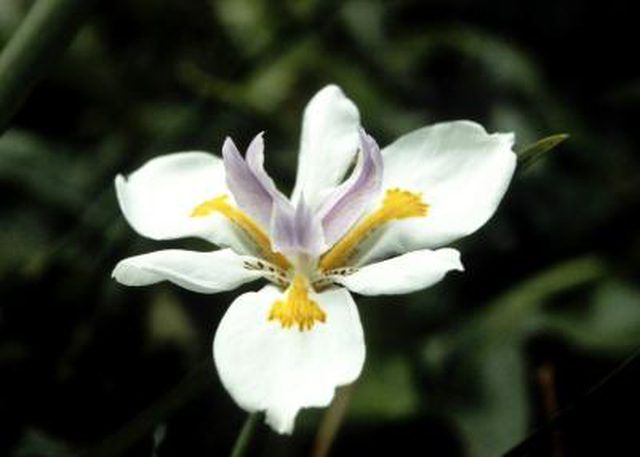Bulbs
Flower Basics
Flower Beds & Specialty Gardens
Flower Garden
Garden Furniture
Garden Gnomes
Garden Seeds
Garden Sheds
Garden Statues
Garden Tools & Supplies
Gardening Basics
Green & Organic
Groundcovers & Vines
Growing Annuals
Growing Basil
Growing Beans
Growing Berries
Growing Blueberries
Growing Cactus
Growing Corn
Growing Cotton
Growing Edibles
Growing Flowers
Growing Garlic
Growing Grapes
Growing Grass
Growing Herbs
Growing Jasmine
Growing Mint
Growing Mushrooms
Orchids
Growing Peanuts
Growing Perennials
Growing Plants
Growing Rosemary
Growing Roses
Growing Strawberries
Growing Sunflowers
Growing Thyme
Growing Tomatoes
Growing Tulips
Growing Vegetables
Herb Basics
Herb Garden
Indoor Growing
Landscaping Basics
Landscaping Patios
Landscaping Plants
Landscaping Shrubs
Landscaping Trees
Landscaping Walks & Pathways
Lawn Basics
Lawn Maintenance
Lawn Mowers
Lawn Ornaments
Lawn Planting
Lawn Tools
Outdoor Growing
Overall Landscape Planning
Pests, Weeds & Problems
Plant Basics
Rock Garden
Rose Garden
Shrubs
Soil
Specialty Gardens
Trees
Vegetable Garden
Yard Maintenance
How to Cut Back or Prune an African Iris
How to Cut Back or Prune an African Iris. The butterfly or African irises consist of several species in the genus Dietes and are used extensively in landscapes and around water gardens. Natives of southern Africa, these plants are tolerant of drought conditions and will remain green over the winter, unless temperatures dip below 25 degrees F....

The butterfly or African irises consist of several species in the genus Dietes and are used extensively in landscapes and around water gardens. Natives of southern Africa, these plants are tolerant of drought conditions and will remain green over the winter, unless temperatures dip below 25 degrees F. Flower spikes bear successive exotic blooms that may last only a day or two. Narrow, sword-like foliage may reach heights of 4 feet under optimal conditions. Maintenance is easy, and pruning is not essential but will enhance the appearance of the plants.
Things You'll Need
Pruning shears
Snip back any winter-damaged foliage in the early spring, before new growth emerges. Make clean pruning cuts straight across the foliage blade at the crown of the plant.
Trim away any foliage that is in decline during the growing season.
Deadhead dying blooms or seed heads by pruning just below the flower. Do not remove the flower stalk, as successive blooms are produced on the same stalk. However, when the flower stalk begins to decline, prune it back to the crown.
Divide oversized or crowded clumps of plants in the late winter, before spring growth begins.
Tips & Warnings
While African Irises are not particularly susceptible to various plant diseases, sterilizing pruning shears in a 1-10 bleach/water solution after pruning ensures that diseases will not be transferred from plant to plant.
African irises are easily propagated from seed in either the spring or the fall, so save any seed heads and plant in the early spring or late fall.